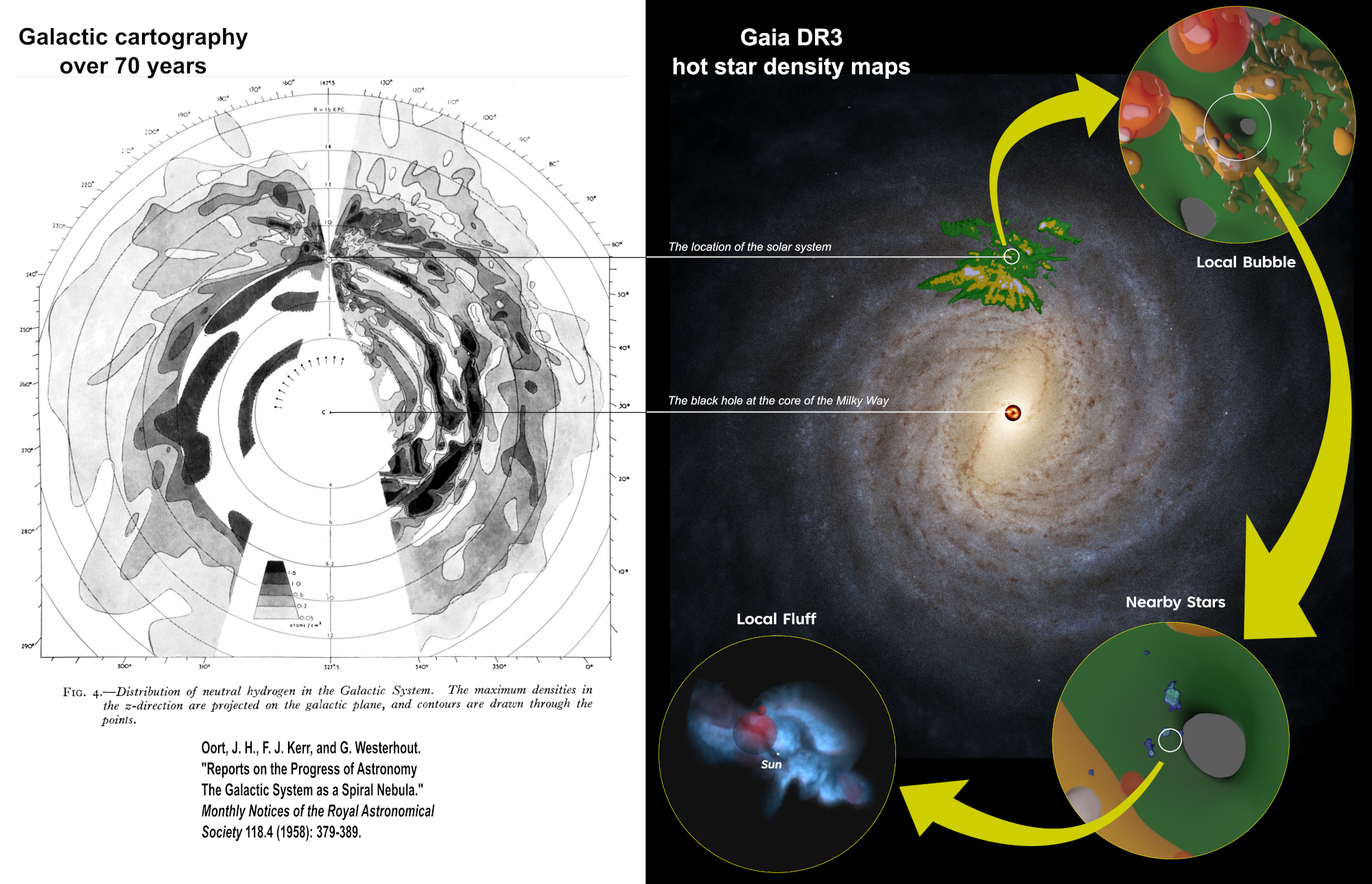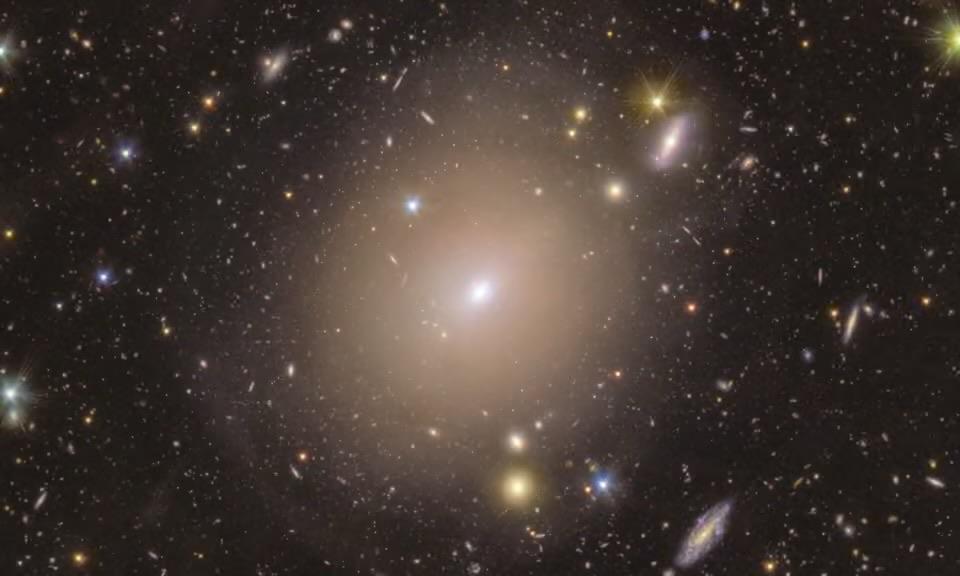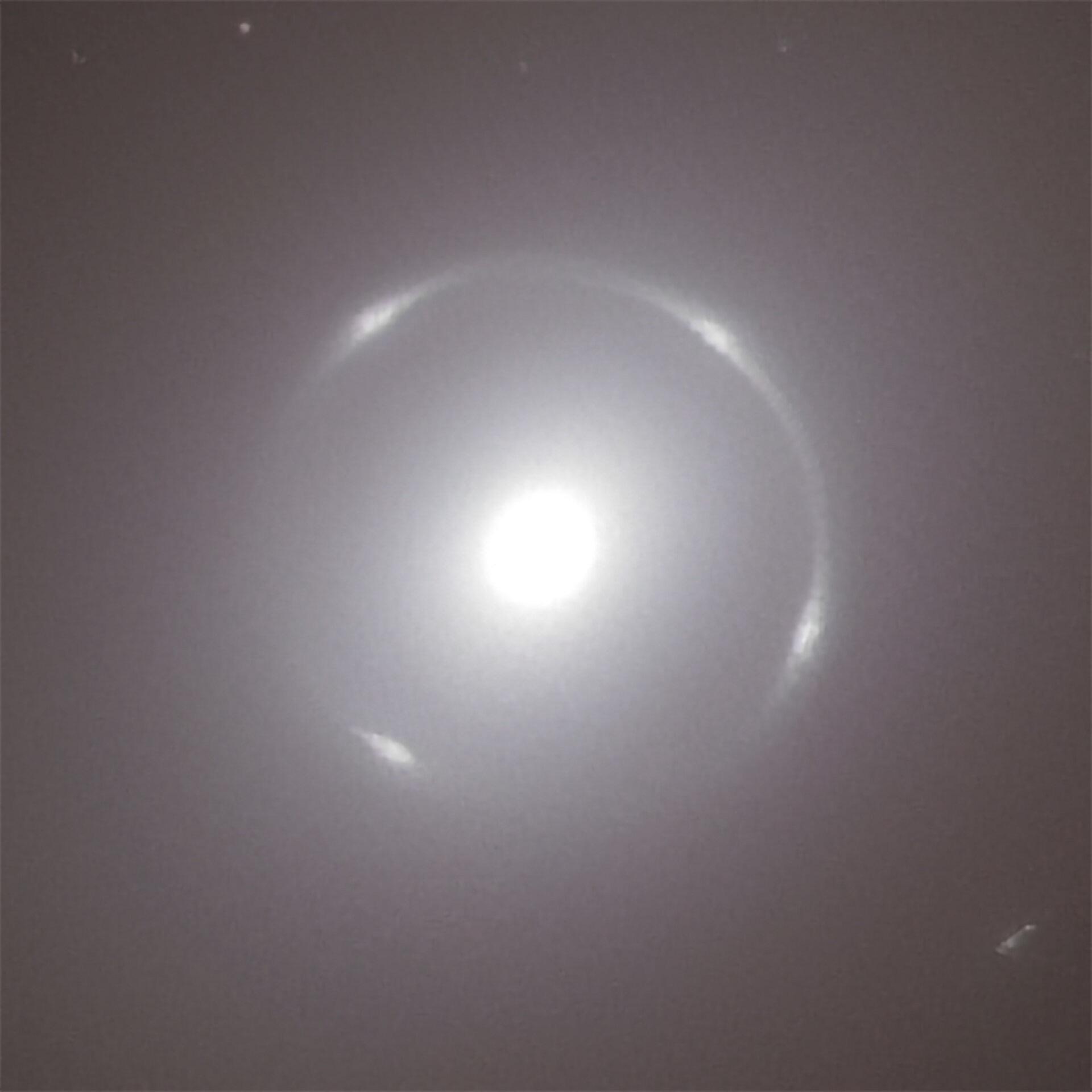Content Warning
Content Warning
Content Warning
The Oude Sterrewacht, once directed by Oort, is now part of the Leiden botanical garden, the Hortus Botanicus. It is currently hosting an interesting art and science exhibit, Planten en Planeten (Plants and Planets).
Some of my maps are part of that exhibit, comparing Oort's original map with the new Gaia maps.
And so inspiring this new image.
Content Warning
Content Warning
Content Warning
If you’re going to advertise a nice space discovery, make sure your lead image shows it clearly.
Don’t lead with a context image in which it’s very hard to see and/or which could be misinterpreted.
Because the press will use that first image & everyone will be confused.
Case in point: this @guardian story about an Einstein ring seen by Euclid, PR’d by ESA this morning.
Can *you* see it? 👀
Content Warning
The ring is small & tight around the nucleus. It’s hardly visible at all with the contrast in the main image, but easy once you play with the original data & extract it, as ESA did for this zoomed-in shot.
Except the Guardian photo editors didn’t use it as no-one made it clear to them.
Content Warning



